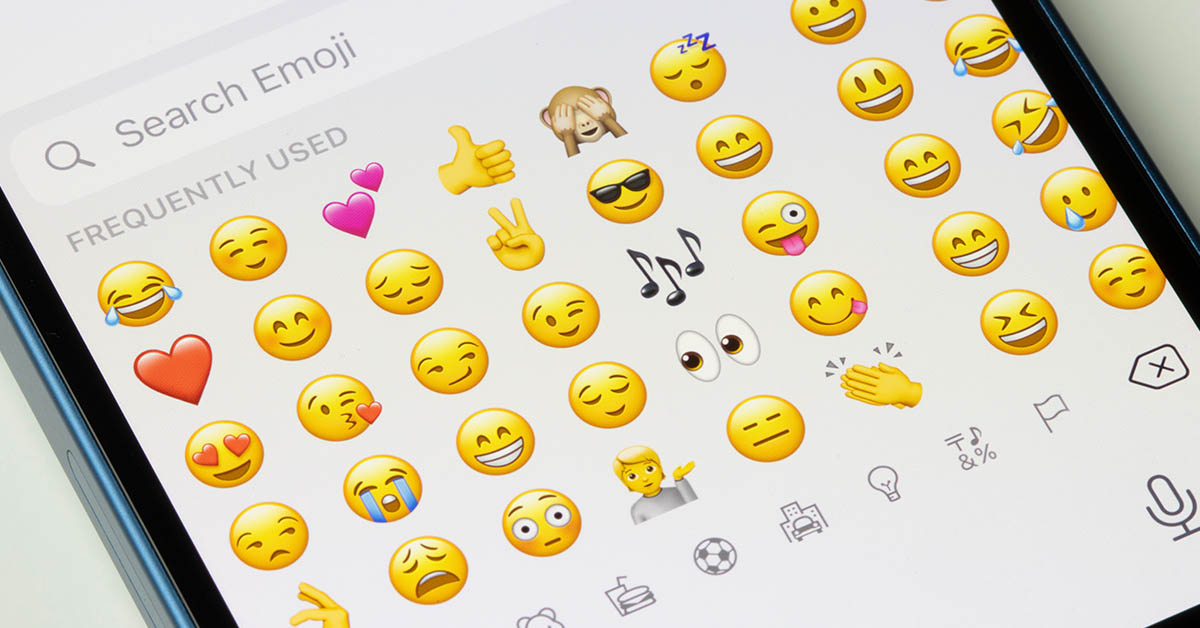The digital age has transformed how children communicate, but it also comes with hidden dangers. Parents are now being urged to be vigilant about emojis their children use, as seemingly innocent symbols can carry hidden meanings, including references to drugs, dangerous ideologies, and toxic subcultures. These include various fruit and the horse emoji.
The Hidden Language of Emojis
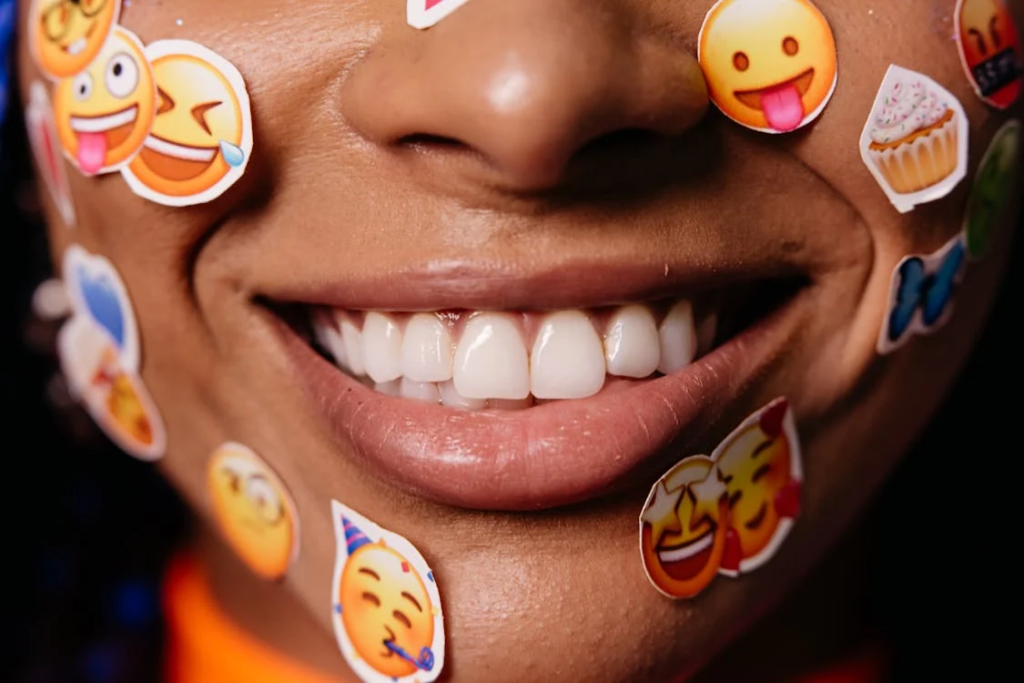
In today’s interconnected world, emojis have become a universal form of communication. While these small icons may appear harmless, they often serve as secret codes among young people. Police have raised alarms about the horse emoji, warning parents that it could indicate a connection to ketamine, a horse tranquilizer now misused as a recreational drug.
A report by U.K. authorities has identified various emojis used to reference substances, including the snowflake for cocaine, the maple leaf for cannabis, and now the horse emoji for ketamine. The guide encourages parents to remain vigilant and informed about these secretive digital codes.
Radicalization and the Influence of the Manosphere
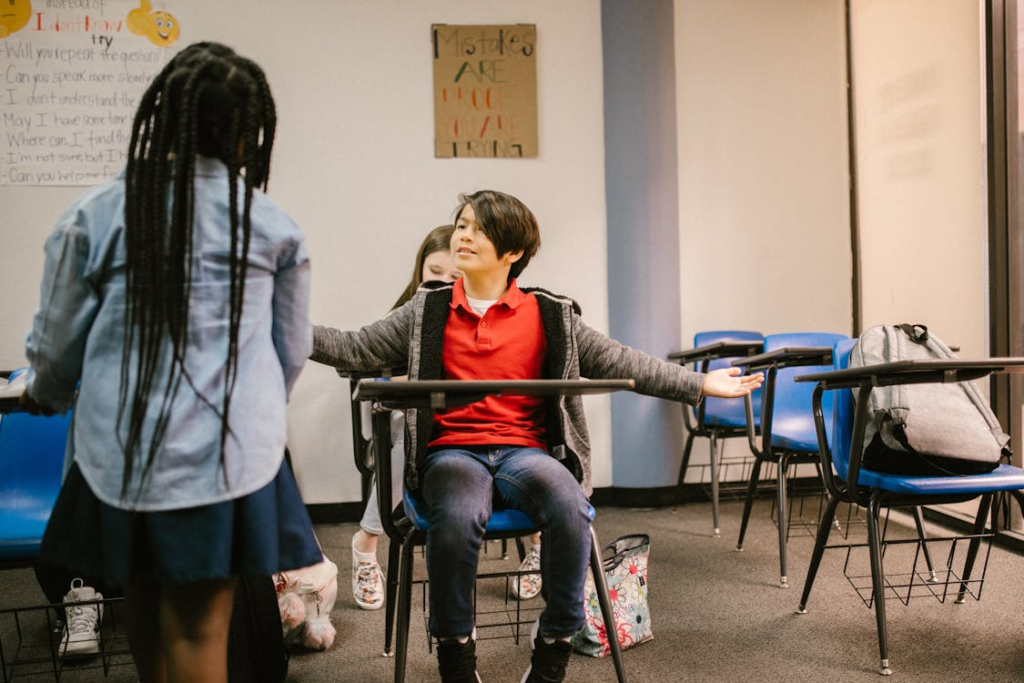
Beyond drug-related dangers, emojis are increasingly being used in subcultures linked to far-right ideologies and misogyny. The Netflix series Adolescence sheds light on how symbols like the red pill emoji are co-opted by the manosphere—an online movement promoting hyper-masculinity and anti-feminist ideologies.
Dr. Robert Lawson, a sociolinguistics expert at Birmingham City University, explained to The Conversation: “The cyberpunk blockbuster The Matrix is the source of a key symbol in the manosphere – the red pill. In the manosphere, those who have been ‘red-pilled’ see the world as it really is, understanding the so-called ‘real’ nature of women’s behavior and dating preferences.” The series portrays how such ideologies radicalize impressionable teens, with emojis acting as covert signals within these groups.
Incels and the Violence of Radical Movements
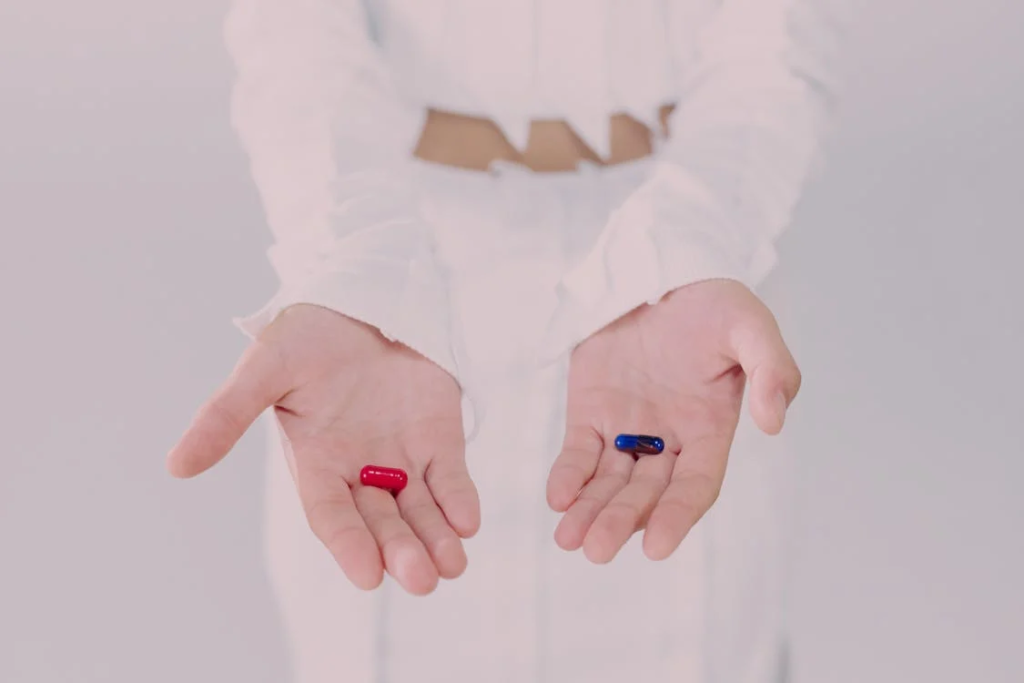
The manosphere includes a disturbing subset known as incels, or involuntary celibates. These individuals blame women for their lack of romantic success and harbor extreme misogynistic views. The Netflix drama Adolescence delves into this subculture, revealing its connection to violence against women.
In one gripping scene, a character explains: “The red pill is like ‘I see the truth.’ It’s a call to action by the manosphere.” Other emojis such as dynamite (an ‘exploding red pill’) and the kidney bean (a derogatory term for incels) are shown to be symbols used within these toxic groups.
Read More: Generations Divided: What Emojis Mean to Different Age Groups
The Role of Social Media in Shaping Young Minds

Social media plays a significant role in exposing children to these harmful ideologies. Platforms like TikTok and Instagram amplify the reach of influencers who promote sexist and extreme views. According to the BBC, schools have seen children as young as 11 mimicking misogynistic language popularized by figures such as Andrew Tate.
Dr. Lawson further explained: “Manosphere influencers describe adopting misogynist views as ‘taking the red pill’ and waking up from the illusions of the ‘Matrix’ of conventional thought.” This alarming trend underscores the need for parents and educators to be proactive in addressing harmful content and language.
Drug Culture and Emoji Codes
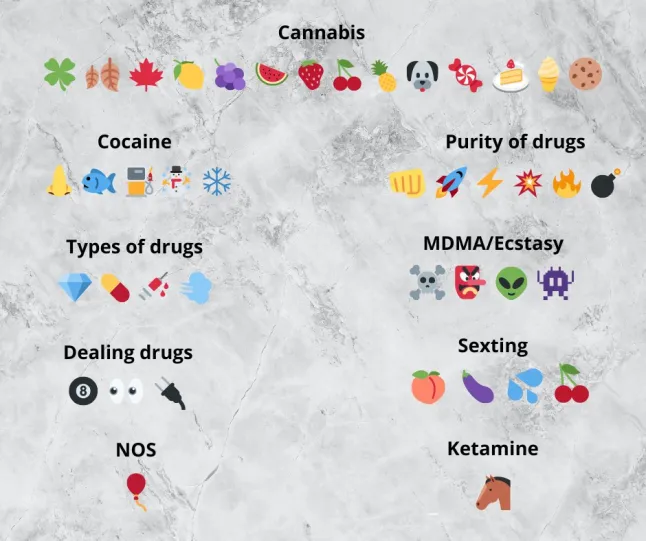
Adolescence also explores how emojis are used to symbolize drug use, offering insights into how youth culture communicates. In addition to the horse emoji linked to ketamine, the show highlights other symbols:
- Alien and skull emojis are associated with MDMA.
- Snowflakes and blowfish icons reference cocaine.
- Fruits like lemons and grapes hint at cannabis.
The show serves as a wake-up call for parents, illustrating how common symbols can carry dangerous meanings.
Protecting Children in a Digital World

Parenting in the digital age is more challenging than ever. The rapid evolution of technology and social media exposes children to risks that are often invisible to adults. Police and experts emphasize the importance of open communication with children and monitoring their online activity.
The guide from U.K. authorities is a valuable tool, but awareness alone isn’t enough. Parents must also educate their children about the potential dangers of social media, from drug-related symbols to radical ideologies. As emojis continue to evolve as a form of expression, staying informed and engaged is crucial. The simple act of decoding a child’s messages might uncover hidden dangers and spark conversations that could prevent harm.
Final Thoughts
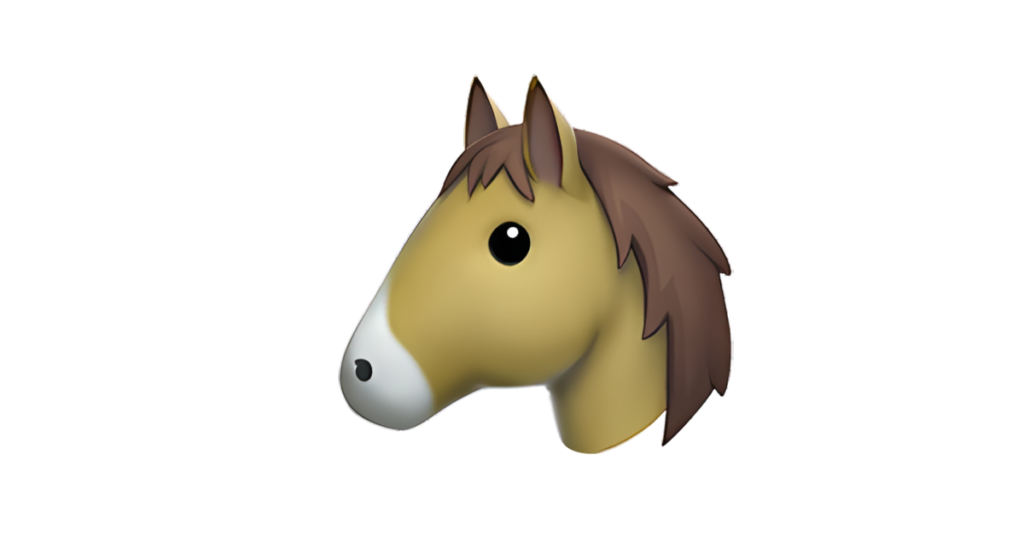
The horse emoji may seem like an innocent image, but it’s a stark reminder of the hidden risks in the digital landscape. From drugs to extremist ideologies, today’s youth face unprecedented challenges. By staying vigilant and fostering open dialogue, parents can help guide their children safely through this complex world.
Read More: Sorry Millenials, Emoji Expert, Says ‘Thumbs Up’ Is Seen as Passive Aggressive By Gen Z
